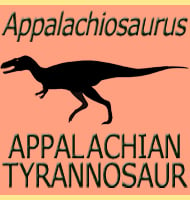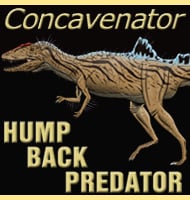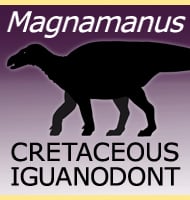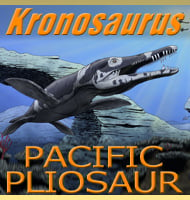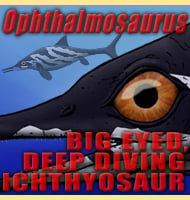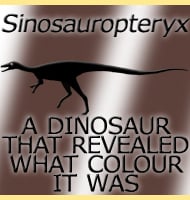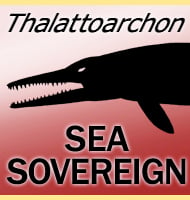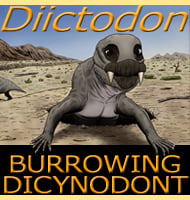In Depth
Since its creation Halticosaurus has had a lot of fossil remains attributed to it but most of these have been reassigned to other genera. Best known of these is the creation of a new species called H. liliensterni which ended up being raised as the genus Liliensternus in 1984. Other theropod dinosaur remains that were attributed to Halticosaurus were also transferred to Liliensternus in 1993, but they were actually raised as a new genus as well, Lophostropheus. On top of this, another previously assigned species of Halticosaurus, H. orbitoangulatus, has now been found to be described from the remains of a crocodylomorph, a very different kind of reptile.
With most of the attributed fossil material now reassigned not much is known about Halticosaurus, especially when you consider that most of the early descriptions of this dinosaur were based upon the fossil material now attributed to Liliensternus. The only safe things that can be said about Halticosaurus is that it was a lightly built theropod dinosaur that shared its European habitat with similar theropods, primitive sauropodomorph dinosaurs while primitive pterosaurs like Eudimorphodon were already controlling the skies.
Further Reading
– Die Dinosaurier der Europ�ischen Triasformation mit ber�cksichtigung der Ausseurop�ischen vorkommnisse [The dinosaurs of the European Triassic formations with consideration of occurrences outside Europe]. – Geologische und Palaeontologische Abhandlungen Suppl. 1(1):1-419. – F. von Huene – 1908. – Reassessment of cf. Halticosaurus orbitoangulatus from the Upper Triassic (Norian) of Germany – a pseudosuchian, not a dinosaur. – Zoological Journal of the Linnean Society. 168 (4): 859. – H. D. Sues & R. R. Schoch – 2013.

